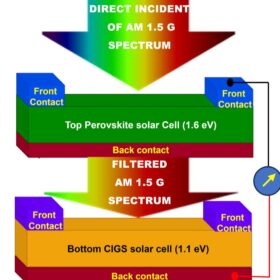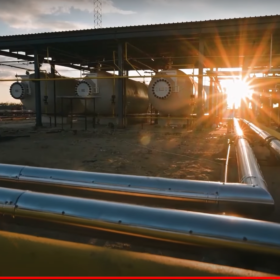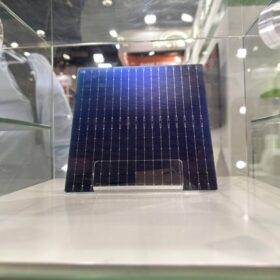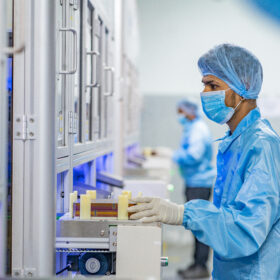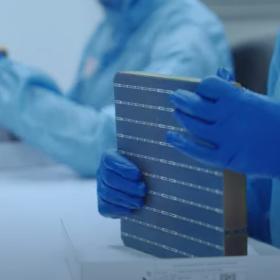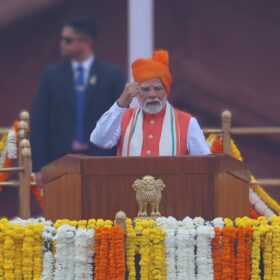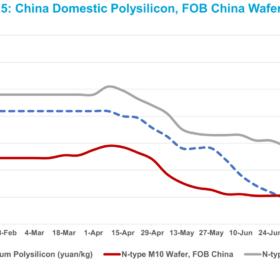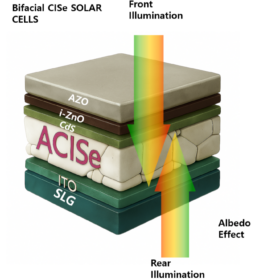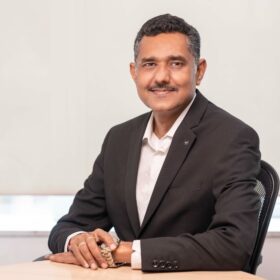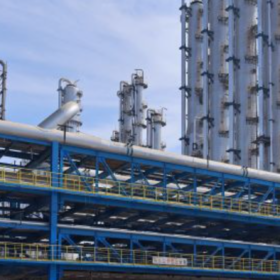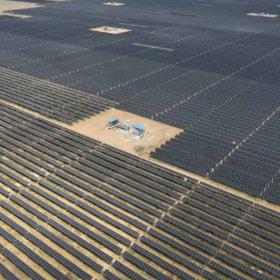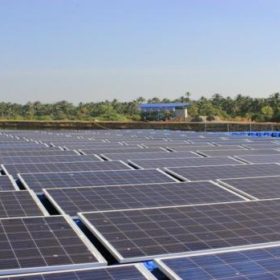First attempt to build lead-free perovskite-CIGS tandem solar cells
Indian researchers simulated a novel pairing of a CsGeI3 lead-free halide perovskite top cell with a copper-indium-gallium-selenide bottom cell. The resulting tandem device has the potential to achieve a power conversion efficiency of 26.06%
The Hydrogen Stream: Acme Cleantech secures 50,000 tpa in SECI’s seventh green ammonia auction
The Solar Energy Corp. of India (SECI) has successfully concluded its seventh green ammonia auction under Mode-2A of the SIGHT Scheme, allocating a capacity of 50,000 metric tonnes per annum (tpa) at a discovered price of INR 51.89/kg.
UNSW study shows impact of soldering flux on TOPCon solar cell degradation
UNSW researchers have investigated the impact of two types of soldering fluxes on TOPCon solar modules under damp heat conditions and have found that “no-clean” soldering fluxes can cause severe corrosion of front silver-aluminum contacts. The researchers have also found that denser metallisation structures and lower aluminium content improve corrosion resistance.
Nikhil Kamath invests INR 137.5 crore in Goldi Solar
Entrepreneur and investor Nikhil Kamath has invested INR 137.5 crore in Goldi Solar, a Gujarat-based solar PV module manufacturing company. The investment will enable Goldi Solar to expand its production.
Domestic solar cell mandate delayed: Boost for renewable energy growth, test for regulators
The revised timeline for the implementation of the Approved List of Models and Manufacturers for Solar Cells (ALMM-II) offers temporary relief to solar developers amid persistent domestic cell supply constraints. However, it also introduces fresh regulatory challenges, particularly around tariff renegotiations for recently awarded projects, according to analysts at CareEdge Ratings.
Prime minister Narendra Modi unveils vision for energy self-reliance on 79th Independence Day
On the occasion of India’s 79th Independence Day, Prime Minister Narendra Modi unveiled India’s roadmap to energy self-reliance, highlighting key milestones in solar energy and green hydrogen.
China solar cell rally stalls amid worsening margin squeeze
In a new weekly update for pv magazine, OPIS, a Dow Jones company, provides a quick look at the main price trends in the global PV industry.
Scientists build bifacial CIS solar cell with record efficiency, power density
Researchers in South Korea have demonstrated a lower temperature process for bifacial copper, indium, selenium (CuInSe₂) solar cells with a rear-side efficiency of 8.44% and 15.30% on the front. The device has been developed for applications in tandem solar cells.
ReNew reports 13-fold jump in Q1 net profit
ReNew Energy Global has reported a net profit of INR 5,131 million for the first quarter of fiscal year 2026 (Q1 FY26), marking a 13-fold increase from INR 394 million in Q1 FY25. A significant portion of the profit—INR 3,562 million—was contributed by external sales from the company’s solar module and cell manufacturing business.
Redefining Smart Cities: The transformative role of solar energy in urban grid evolution
The economics of solar have evolved significantly. With declining panel costs and robust government support—through schemes like the PM Surya Ghar Muft Bijli Yojana and PM-KUSUM—solar is now a financially viable solution for municipalities and citizens alike.
